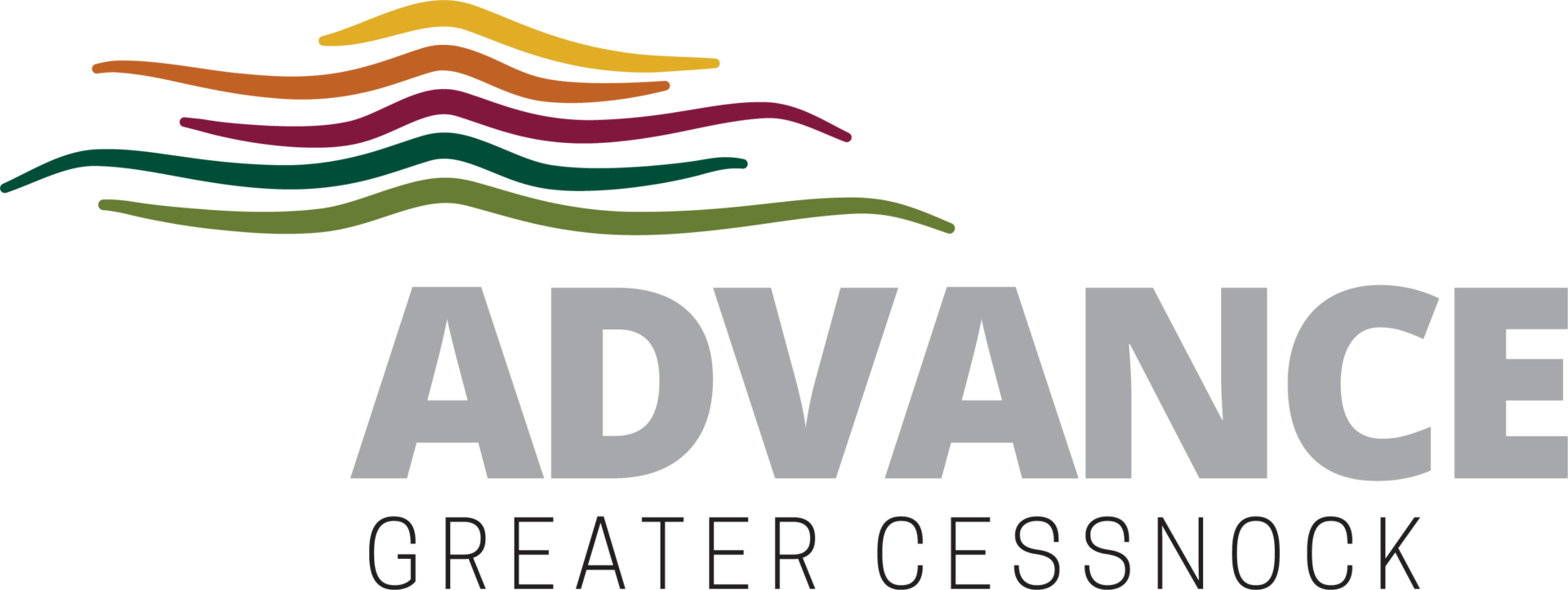Published on Jan 26, 2021
Feel free to share

The adoption of new virtual ways and the increase of a remote workforce has been fast tracked due to the current pandemic.
While work will most likely never return to what it once was, it’s predicted that the future will be one that leverages the best of both virtual and face-to-face experiences.
This has left many wondering what will happen when it is safe to return to the workplace, how businesses will know when to transition and what warrants face-to-face interaction.
Since the COVID-19 shutdown, it’s reported that almost half of the Australian working population has spent time working from home and which has resulted in an increase of productivity and engagement with workers.
This has prompted a desire in employees to take the control over their work-life balance with up to 60 per cent of respondents indicating they want to split their work time between home and office.
However, without face-to-face interactions it may prove difficult to achieve and sustain this work life arrangement. Here are some tips on what you can do to adapt to new ways of interacting with your employees:
- Create a transition plan. This could include a remote worker policy, implementing systems and processes for new technologies, skills assessment and standard team operations.
- Develop a communication guideline including a communication response timeframe, how often one has to communicate and define what is essential versus low priority.
- Create metrics for success. Re-evaluate how the business measures success and adopt solutions that focuses on company goals.
- Review workers contracts to reflect changes in the workplace environment or scope of work.
- Collaboration, innovation and dedication is key!
Successfully combining these helpful tips will ensure a smooth transition and the sustainability in this new way of working.
Similar News View All Similar News
Topic:



